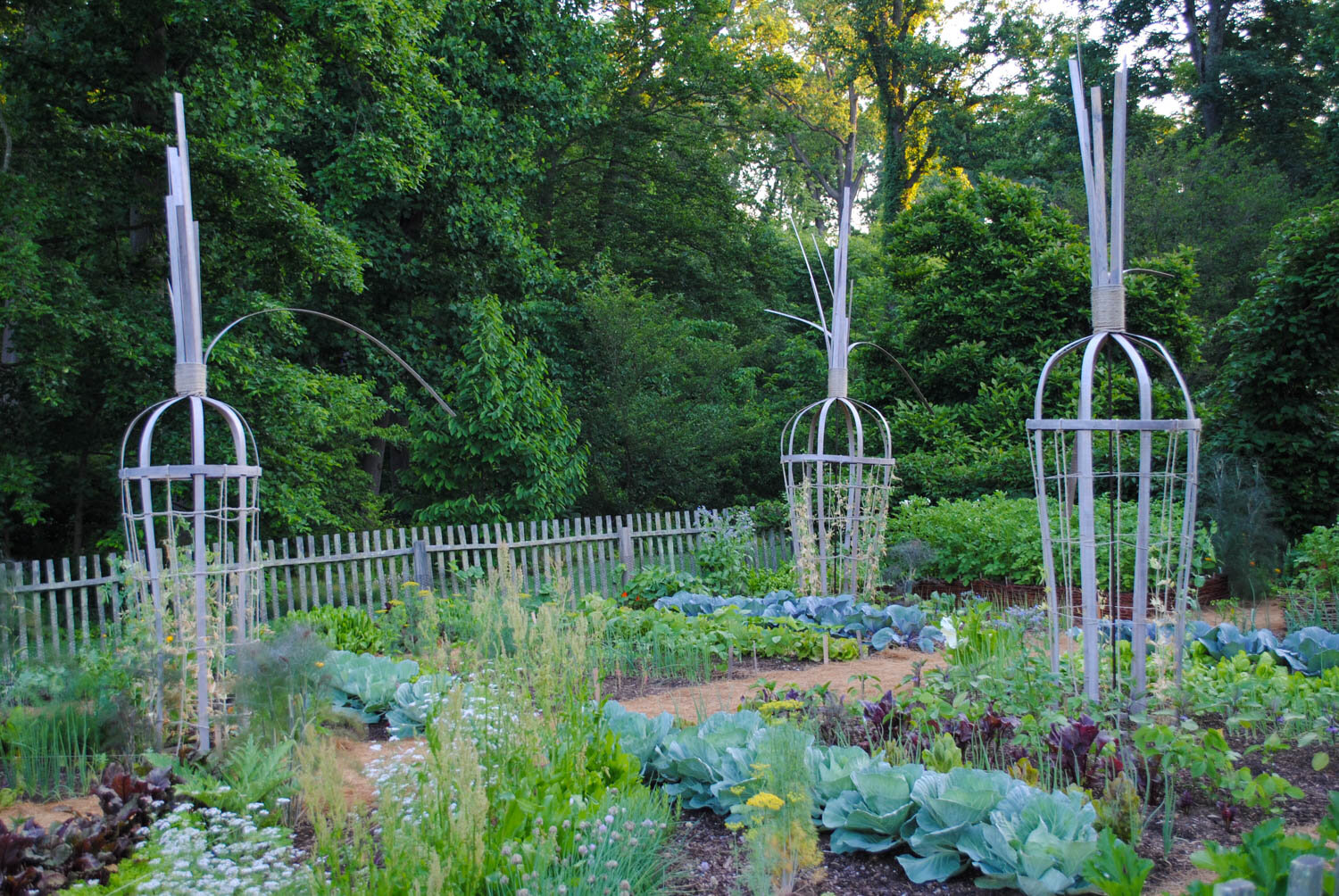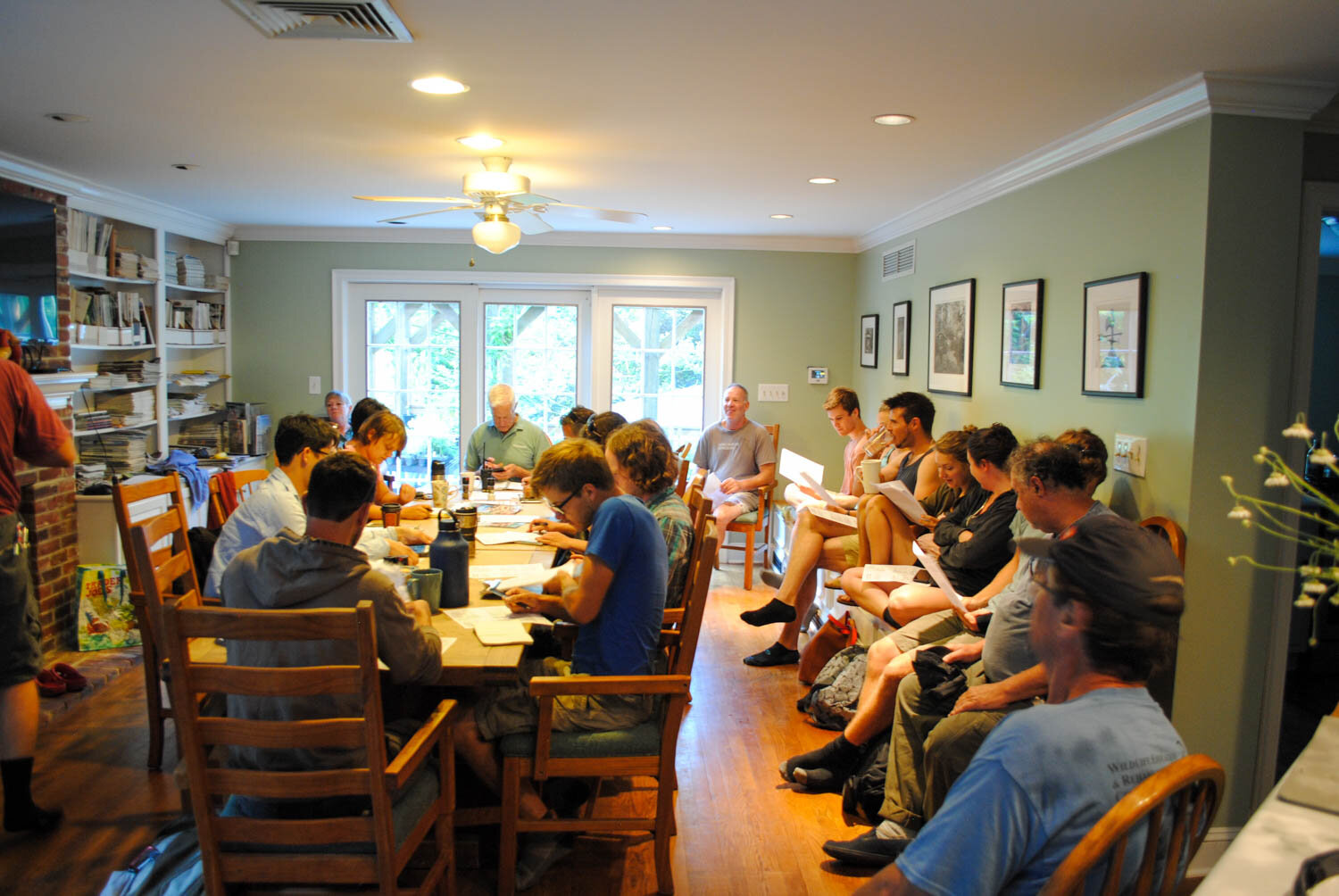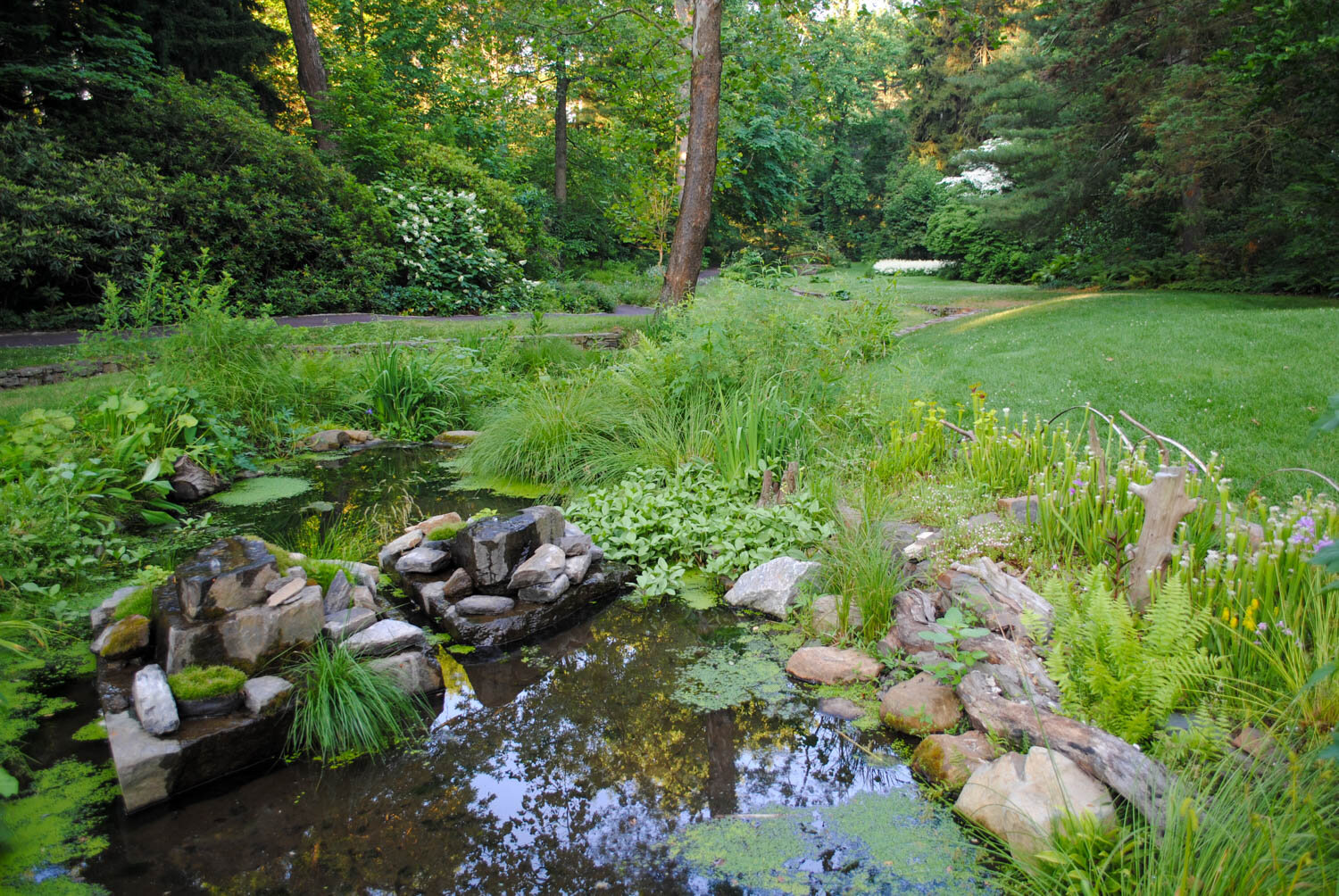A few years ago in 2016, I was asked to speak at the Millersville Native Plants in the Landscape Conference in Pennsylvania. The Keystone State is one of my favorites to visit for its plethora of botanic gardens and natural beauty, and I was excited to return to the area having done a two month internship at The Scott Arboretum in Swarthmore, PA years before in 2008.
But, being half time at the university in the summer, I began to ponder if I couldn’t turn the trip into more. The Sprout garden at SFA was in the early stages of what would become the Plantery, and I wanted to delve further into the inner workings of a different botanic garden.
So, I turned to Bill Thomas the executive director and head gardener at Chanticleer to see if I could shadow their team for a few days to not only improve our garden but also to be able to teach my students about different perspectives of horticultural craft. In his reply, I was delighted to learn they had a guest gardener program where they welcomed professionals to learn more about the ins and outs of the garden.
For those of you who don’t know, Chanticleer is regarded as one of the top botanic gardens in the United States. The way that plants and art and craft are woven together by such a talented team amazes me every time I visit. Around every corner there is delight. And, I’m not alone. Just bring up Chanticleer in a conversation with plantspeople, and there’s bound to be some contented sighs, oohs, and ahhs thrown about.
So, after my presentations at Millersville, I headed to Wayne, PA to shadow an incredible team of horticulturists. I’m not going into great detail on the history of the garden because my main focus for the visit was to observe and learn about the minutiae of their craft. Here are my notes from the first day. I’ll have more to say in future posts.
Day 1, Monday 20 June 2016
I started the morning walking the garden around sunrise and relishing the first day of summer. I had visited Chanticleer a dozen times before, but this walk was different as I began to train my mind to absorb as much as I could since I would be here for a few days. I had until 7:30 to explore as Bill had invited me to attend their staff meeting that morning.
I had never noticed the wavy line of Calamagrostis × acutiflora ‘Karl Foerster’ through the tennis court garden. Here you can see that yellows were a unifying color in the garden.
Calamagrostis × acutiflora ‘Karl Foerster’ was used as a good foil for other plants to pop against.
Those are some giant carrot skeletons.
I loved this pathway in the vegetable garden. Not a weed to be seen!
We’ve all thrown out the dormant plant (or two). I noted in the cold frames how smart it was to label barren trays so that gardeners still know there’s goods in them.
Their mass planting of Asparagus officinalis ‘Jersey Knight’ never the vegetable garden is sprinkled with flowering poppies.
The combination of sensitive fern (Onoclea sensibilis) growing through prairie dropseed (Sporobolus heterolepis) was one of those simple yet brilliant combinations.
My 7:20 AM reminder on my phone went off, and I scurried toward the staff house. Upon entering, I saw a few friends but many new faces that I would get to know over the next few days. Bill started the meeting. It seemed less like he was their reigning authority but more like one of them as he let everyone go around and say something about what was going on that week. Even the interns were allowed to share, and then they even let me say a few words! It had a King Arthur and the round table of gardening knights feel to make everyone equals and important. People discussed attendance and visitors, upcoming events, bulb orders needed to be in soon, how ash trees were being treated, and guests visiting this week. Bill concluded the meeting by sharing that it had taken 14 years for Yucca rostrata to bloom in the gravel garden. And, he reminded them with increasing publicity, there was more incentive to make sure the gardens looked good. (I loved this approach and upon returning to Texas implemented this style of meeting with my students.)
The meeting of the minds that steward Chanticleer
The meeting broke up with people hastening off to their tasks for the day. I would first be paired up with Dan Benarcik, a friend of mine who I had meet at trade shows past. Dan is a consummate horticulturist, woodworker, and artist, all with a bit of cowboy flare, and it was great to get his behind the scenes perspective.
We started with an overview of facilities from their Ventrac tractors that have interchangeable attachments to cover the diversity of work needed in the garden to their use of Kalwall glass to provide opaque lighting in buildings to reduce the need for lit bulbs. We continued the discussion of sustainability in the greenhouse where Dan shared that water was collected and treated for watering the plants inside save for the propagation material. The greenhouse was designed tall to allow for large display plants to be moved in and out. And, for efficient storage of substrate, they had bins built to perfectly fit under a countertop so that they looked like drawers.
These Ventrac tractors were new to me. I very much liked the idea of a multi-tool.
Kalwall glass helps reduce the need for lighting in buildings.
A clever way to hide your potting mix is to make faux cabinets.
The greenhouse was built tall to allow overwintering of large tropicals. Dan Benarcik provides scale for the door.
Dan and I headed to the picnic greenhouse to look at the containers inside. He noted that since they didn’t want vines actually growing on the walls, they used high tensile fishing twine to allow the Passiflora to grow up. That gave the effect that they were clambering up the walls.
I don’t even see the fishing line supporting these Passiflora vines.
From there, we took a short walk toward the vegetable garden where he showed me twenty-year-old ipe benches, one of the first pieces he built at Chanticleer. The wood is incredibly long lasting. But, one needs silica carbide blades to cut the wood, and the edges must be sanded because the are so sharp they will cut you! Once we were up at the main house, Dan showed me more of his woodworking projects along the elevated walkway.
Ipe benches must be moved every so often to allow the grass to get adequate sunshine.
Another one of Dan Benarcik’s incredible pieces. This one features a metal frame with wood panels.
Dan also wanted to show me their workshop where much of the hardscape crafting occurs. On our way we saw Tim Snyder injecting kelp, fish hydrolysate, and yucca extract into soil to improve growing conditions. So, we paused and chatted with him for a bit about it. Dan discussed how grounds manager Jeff Lynch had really helped develop the organic approach at Chanticleer and used several of these substances to improve plant growth.
Tim Snyder is treating the soil with a blend of organics.
Once we were in the workshop, I was able to see where everything from fencing to handrails to chairs and benches were made for the garden. Dan noted that much work went on during the winter when the garden was closed and the weather less accommodating.
Dan Benarcik holds a birdhouse built for the garden.
This flora fence was crafted by the gardeners at Chanticleer.
We returned to the entrance where my work began. Dan asked me to go around and water containers and edit anything I found wrong with them. I found the hose in a large, empty container, and thought what a brilliant way to hide that in plain site! He said that he taught his assistants over the years to water every pot every day. He builds in the appropriate drainage and doesn’t build finicky displays that are water hogs. To make sure that the pots drain, he noted that he used everything including wooden stands, rubber, and Slovenian hockey pucks under them. Elevating the pots also air prunes the roots so they didn’t grow into the soil.
The thing that I really took away from him was his spirit of being a great showman. “We’re not growers; we’re presenters,” “make the magic happen,” and “we need to make it magic and memorable” were thrown out during our conversations, really hitting home his belief of using plants to engage visitors.
A collection of containers greets visitors to Chanticleer. Note the wooden pot supports that aid with drainage.
A great example of Dan Benarcik’s approach to make the magic happen—cut pieces of Yucca arborea stuck in the ground give the effect of height early in the growing season.
Here’s a great idea on how to hide a hose. Put it in an empty container.
After the day ended, I found Eric Hsu who helps curate the plant collections at Chanticleer walking with the interns along Bell’s Run and looking at the blinding mass of white Astilbe 'Deutschland’. The staff told me that Eric had started teaching the interns plants with an ID walkabout for this week and an answer-on-the-fly quiz over plants covered last week. Eric noted that this Astilbe was planted to help brighten this dark spot and provide a burst of color for contrast against the creek’s wilder plantings. Even I started taking notes from him. For example, a grass I admired on the rock ledge I learned was Stipa barbata, barbata meaning bearded and likely a reference to its plumes.
Bell’s Run is a creek that runs through the north side of Chanticleer. In the distance Astilbe 'Deutschland’ brightens the dark corner and draws the eye.
A close up of Astilbe 'Deutschland’ en masse
Eric Hsu (left) leads a plant id walk for Chanticleer interns.
The graceful and airy Stipa barbata on the rock ledge
A close up of the panicles on Stipa barbata
After their plant walk, I wandered around Chanticleer as the day came to a close. The day was full and I looked forward to what tomorrow would hold. Day two, coming soon.
The end of my first day guest gardening and one last look at the gravel garden at Chanticleer and the distant white-flowering Yucca rostrata that bloomed for the first time in 2016


























